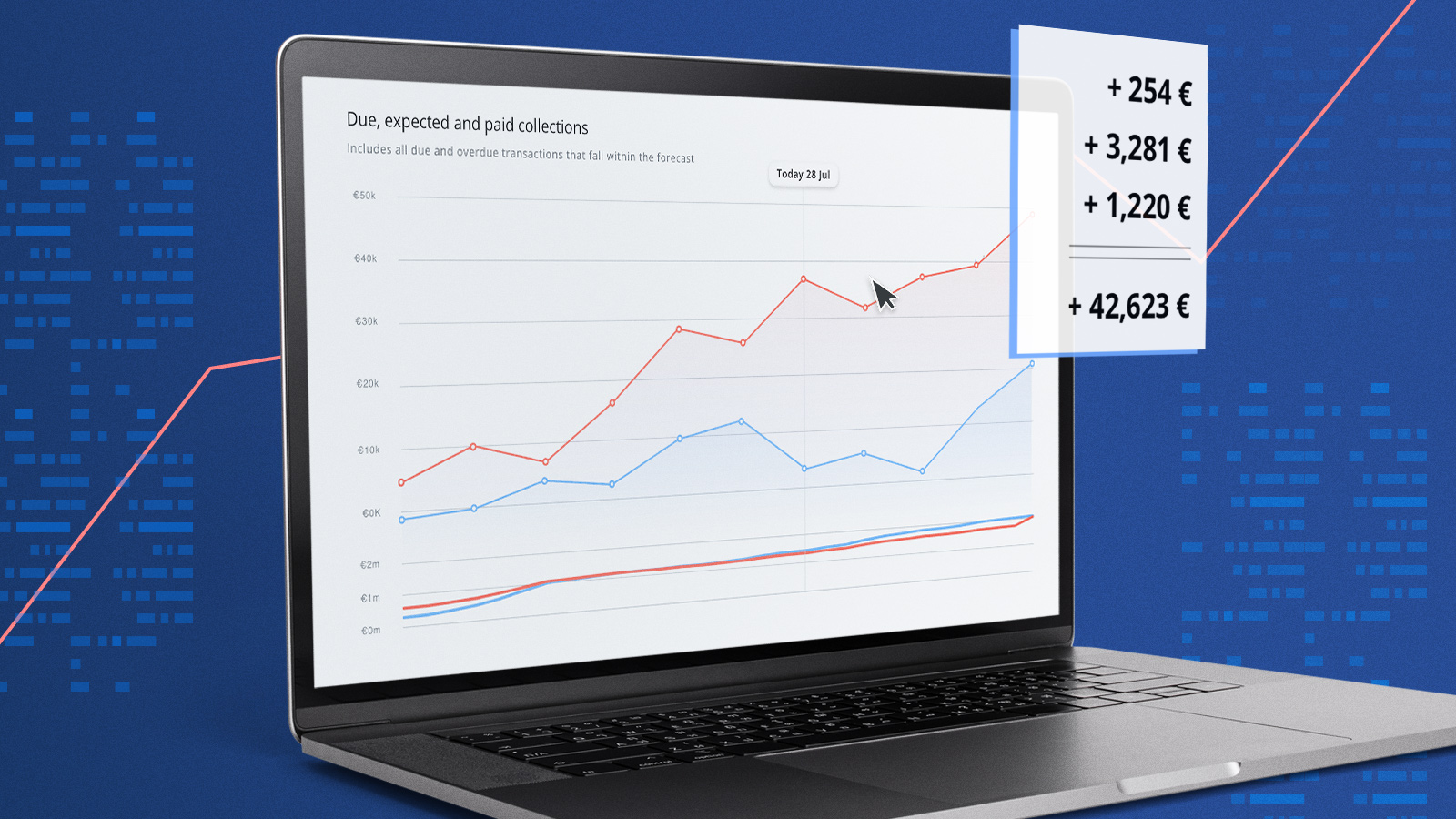
Working capital management is the process of managing short term assets such as accounts payable, accounts receivable and inventory to ensure that a business has sufficient cash flow to meet its obligations.
Generally speaking, businesses that manage working capital well are more agile and better equipped to grow without financing.
Many companies understand how important working capital is for stabilizing their business and work to improve it. For example, Price Waterhouse Cooper’s (PwC) Working Capital Study 20/21 found that many companies took steps to improve their working capital positions in the last five years.
However, the same PwC report also estimates there is still a €1.5 trillion opportunity globally for businesses to improve their management of working capital to ensure they’re adequately prepared to weather any future market disruptions.
Here’s how to determine how much working capital your organization currently has and the steps we most frequently recommend to improve your working capital position.
How to Calculate Your Working Capital Position
An organization’s working capital is the difference between its total assets and liabilities over a specified time period. Total assets include all of the payments the business is currently owed, cash it has on hand, and any inventory it may have. Total liabilities include all of the payments the business owes to suppliers, its employees, etc.
The Working Capital Formula:
Current Assets: Cash, accounts receivable, inventory, and other resources that could be liquidated.
Current Liabilities: Accounts payable, loans, and accrued expenses that are due for payment.
How Much Working Capital is “Good”?
Generally speaking, the more working capital a business has, the better it’ll be able to cover its short-term financial obligations. A negative amount of working capital, on the other hand, generally indicates that a business may have trouble paying its debts.
This isn’t always the case, though. For example, businesses that turn over inventory quickly (e.g., grocery stores) often do not need as much working capital on hand since they are able to generate cash from their assets faster than other businesses.
Ultimately, determining whether your existing working capital position is good or not depends on your business and its processes. However, increasing the amount of working capital your business has at its disposal is almost always a positive thing for businesses.
How to Improve Working Capital Management
PwC’s report notes that most businesses can improve the way they manage working capital by addressing performance gaps in the following areas.
1. Improve Data Transparency With Automation
Real-time, bottom-up transparency is essential for ensuring decision-makers have the insights they need to protect and bolster liquidity. Unfortunately, many businesses struggle to attain the level of transparency required to provide those insights because accessing their data is a cumbersome, manual process.
For example, most of the businesses we engage with at CashAnalytics have multiple systems and stakeholders involved in the collection of their data and spend hours manipulating it in spreadsheets in order to produce insights. As a result, they invest a lot of time and energy into acquiring insights they don’t entirely trust.
Automating the collection of financial data, on the other hand, can save more than 90% of the work required to collect financial data. And since data is pulled from banking and ERP systems, there’s also less room for human error to cloud the reliability of any insights it may reveal.
2. Optimize Cash Flow Processes to Increase Working Capital
Optimizing your business’s cash flow processes, such as accounts payable or accounts receivable, can increase the amount of working capital your business has at its disposal. For example, realigning supplier payments to better match the timing of payments you receive from customers could help free up cash that may otherwise be trapped in your balance sheet.
Here are several other ways you can improve your cash flow processes to free up working capital:
- Reduce Days Sales Outstanding (DSO). Reducing the number of days it takes for a customer to pay you accelerates the flow of cash into your business and increases the assets you have available.
- Increase Days Payables Outstanding (DPO). Increasing the number of days you have to pay suppliers allows you to hold onto the cash you have longer, which increases working capital.
- Shorten your Cash Conversion Cycle (CCC). The faster you can turn cash into inventory and back into cash again, the more working capital you’ll have at your disposal. Learn how to shorten your cash conversion cycle here.
- Adjust inventory replenishment and safety stock policies. Optimizing the timing and quantities of inventory replenishment to better match payables and receivables helps ensure cash is used as efficiently as possible.
- Evaluate credit agreements for both customers and suppliers. Realigning credit limits and terms with both suppliers and customers helps better align cash inflows and outflows.
- Optimize your demand forecasting model. Using historical data to better forecast demand can help ensure cash is invested in the right places at the right times.
It’s important to note that no matter which actions you take to improve cash flow processes, they must be undertaken sustainably, or you’ll risk creating a supply chain disruption.
Aggressive cash collection practices, for example, will increase short-term cash flow. But they could also damage the relationship you have with your customers and result in a loss of business. The same goes for delaying payments to suppliers—it could affect the relationship and delay their ability to provide the goods or services you need to fulfill orders.
3. Evaluate Supply Chain Resilience
Supply chain disruptions have the potential to create a liquidity crisis for your business if you haven’t taken the proper steps to protect yourself. For example, if a critical supplier delivers late and you follow a “just in time” approach to inventory management, you’ll have to scramble to find a replacement in order to avoid delays in fulfilling orders or risk damaging customer relationships.
So to improve your working capital position, evaluate the relationships you have with suppliers (especially critical ones) and takes steps to ensure continuity. We recommend evaluating and improving the following:
- Evaluate supplier performance and compliance. Look back and see if your suppliers deliver on time and as promised. If this is a consistent issue, find ways to improve or investigate other solutions.
- Improve collaboration with suppliers. Work closely with suppliers to streamline production planning processes in order to deliver on time while integrating customer requests.
- Develop contingency plans. In the case that your supplier experiences disruptions, know in advance which suppliers might serve as suitable backups.
Additionally, you’ll want to revisit any procurement and vendor sourcing policies you have to ensure they’re improving the resilience of your supply chain (and therefore supporting your liquidity goals).
4. Realign Governance Frameworks
If you wish to increase your working capital position, each decision-maker in your organization needs to understand the importance of protecting and improving liquidity and sufficient guidance to do so. Otherwise, your efforts to improve working capital management might be hindered.
So, in addition to each of the points above, it’s essential to update policies, targets, and incentives to drive behaviors from stakeholders within your organization that support your efforts to protect and bolster liquidity.
Keep Data Close at Hand to Protect Liquidity
Without reliable cash flow data at your fingertips, it is difficult for decision-makers to take action to protect or improve liquidity in a timely fashion. Unfortunately, access to the data that empowers action is difficult for most mid to large businesses due to the work required to collect and analyze it.
CashAnalytics has helped businesses all over the world streamline their business operations by automating the collection and analysis of their cash flow data.



